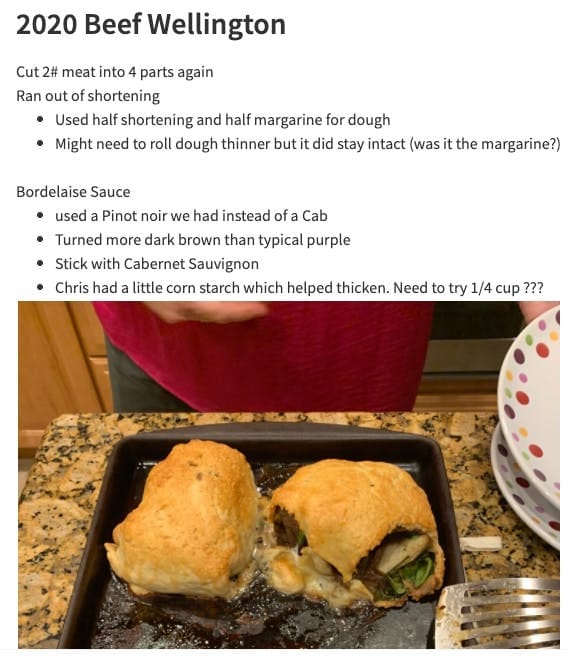Are you burning the meal or feeding your remote team?
And how to cook up the right remote work environment

In my home, we have one tradition around Valentine’s Day: I cook my wife a Beef Wellington.
I made this for my girlfriend (now wife) on our first Valentine’s Day together. She’s asked me to make it every year since. No gifts. No flowers. She just wants my Beef Wellington.
Those first few years were rough. I’m neither a master chef nor a regular cook, but I like to experiment. I was feeling very experimental that first Valentine’s Day and ended up putting a lot of pressure on myself. Kneading the dough, rolling out the pastry, cooking and cooling the meat to wrap with pastry dough, and making the sauce. Oh wow, what was I going to do for a side dish? I came close to burning that first meal, but I didn’t thank goodness.
It reminds me of how many leaders are dealing with remote work these days. Many never imagined they would be remote. They may have read some articles before 2020, but remote work never appealed to them. They didn’t think about how to cook up the right remote environment for their team. It seems like something still doesn’t smell right about how they work. It’s like they’ve burned the meal for them and their team.
For months now, these same leaders try to keep track of everything via email and slack messages, too many Zoom meetings, and probably 10 other online tools to figure out what the heck is going on. Before, they could just walk around and talk to people.
The remote work kitchen works differently, but you can still cook up a good remote work environment. And while I only cook my Beef Wellington once a year, I learned some important lessons in this kitchen I don’t often work in. You can do the same in the remote work kitchen.
First, keep track of what’s working and what’s not working right now. Keep some notes and review them once a week. What specific things in your remote work worked out for you and the team? Is it the same things that worked well before? If so, why might that be? If not, what changed? Keeping notes and reflecting on them helps you notice trends.
Second, be willing to experiment. With my Beef Wellington, I’ve tried different types of pastry and even some vegetables. I experiment a little bit with the sauce too. But don’t try too many experiments at once. It becomes harder to track what worked and what didn’t.
The same thing works for the remote work environment you cook up for your team. Based on the patterns you noticed in your notes, what one or two things new things might you try with your team in the next few weeks. What do you hope will work well and why? This is also where taking notes comes in handy. By recording what you hope will happen and what actually happens helps you see other patterns.
Finally, talk to your team about what they would like to change and where they are struggling. Is there something that always gets in their way? What’s one thing they would be willing to try? Also, be sure to talk to them after they have tried the new idea for a couple of weeks. How did it turn out for them and not just you?
For me and my Welly, it’s usually the pastry crust I struggle with. I can’t always seem to keep it from splitting. Doubling the amount of pastry seems to work, but I don’t want that many calories for us. I’m reviewing the recipe, considering the effects of our Florida humidity, and talking it over with my wife. We’ll also discuss the results as we dine on the outcome.
So even if your remote kitchen doesn’t feel familiar, try these steps to cook up a better remote work environment for your team.
Let me know how it goes. Bon appétit!
Remotely yours,
Mark
P.S. I attached a screenshot of my Evernote from last years Beef Welly so you can see what I tried.
P.S. #2 The hybrid remote kitchen is even more different than the remote kitchen and trickier to cook up the right environment. I’ve reorganized my website to make the hybrid remote work articles easier to find. Check them out at https://www.markkilby.com/category/hybrid-remote/ and let me know if this helps.
Here's that Evernote...

